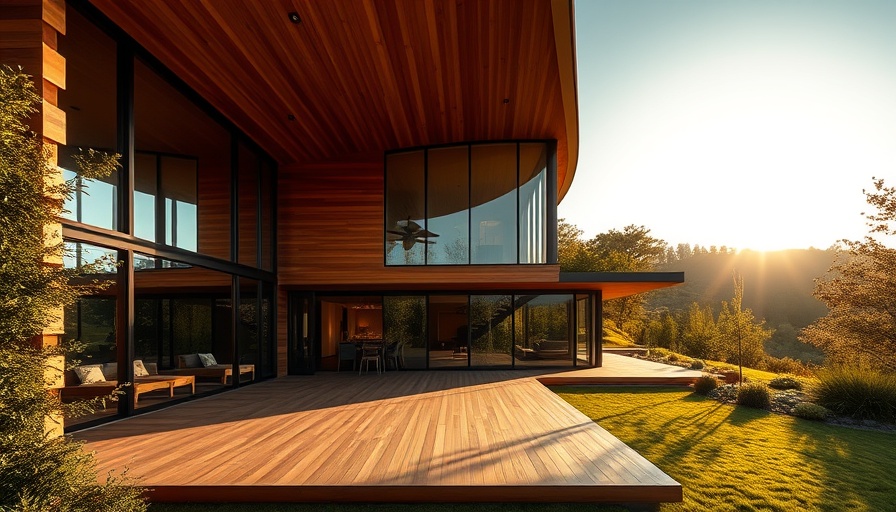
Vision Meets Reality: The Akon City Dream
When Akon announced his plans for Akon City in Senegal, the concept sent ripples through the global imagination. A futuristic metropolis powered by renewable energy and blockchain technologies, the vision promised a sanctuary for digital nomads and entrepreneurs. However, recent developments have revealed that these ambitious plans have been overwhelmed by reality, leading to their abandonment in favor of more practical projects. What does this mean for the future of innovative urban spaces and the remote work industry?
The Shift from Dreams to Pragmatic Solutions
The original aspirations for Akon City featured plans for high-tech facilities and eco-friendly living solutions, details that intrigued many who dreamt of an idyllic workspace. Still, building such a city from the ground up requires significant resources and stable political environments, factors that are often in flux. Consequently, the project has been sidelined for more immediate, realistic initiatives in Senegal, initiatives that can tangibly benefit local economies and meet the needs of its citizens more adequately.
What This Means for Digital Nomads
For digital nomads, the abandonment of such a bold vision could initially seem like a setback. The promise of a city tailored for remote work, breathing cutting-edge innovation, was tantalizing. However, the focus on more practical projects highlights an essential aspect of remote work: adaptability. Nomads can create comfortable and efficient workspaces in any environment, and perhaps the lessons learned from the Akon City saga will enhance this ability to work anywhere.
Local Innovations: New Opportunities for Remote Workspaces
With the shift towards realistic projects in Senegal, there is potential for local innovations to take root. Smaller, community-driven initiatives can sprout and cater specifically to the needs of digital nomads. From co-working spaces designed with ergonomics in mind to support local artists and tech creators, the adaptability of remote work provides an inviting sense of possibility. Such alternatives can foster collaboration and creativity while allowing for flexibility in workspaces.
Ergonomics in the Face of Change
A critical part of establishing a comfortable workspace is ergonomics. Having a suitable arrangement of tools, furniture, and technology can make or break productivity levels, especially for those working remotely. Here are a few practical tips:
- Consider a Sit-Stand Desk: These desks allow you to alternate between sitting and standing, reducing health risks associated with prolonged sitting.
- Create a Dedicated Work Zone: Having a specific area set up for work helps mentally separate leisure from productivity.
- Invest in Quality Seating: An ergonomic chair that provides support can help prevent discomfort and long-term health issues.
Future Trends in Workspace Development
As we move beyond the Akon City model, the future will likely focus on creating micro-environments conducive to productivity. Trends like biophilic design, which integrates nature into workspaces, and tech-friendly designs that accommodate smart devices will become mainstream. Industries will showcase these designs, emphasizing the importance of well-being and efficiency—two critical factors in maintaining a thriving remote work culture.
Conclusion: Embracing the New Normal
The abandonment of Akon City reflects a vital understanding in urban development, acknowledging that dreams must be matched with realities. As digital nomads, we can draw inspiration from this transition, embracing our ability to adapt and innovate, concentrating on what can be achieved locally. Choosing to create effective workspaces in complex environments is not only a skill but also a testament to our resilience. Stay tuned to local news, and consider how you can contribute to and thrive in developing communities.
 Add Row
Add Row  Add
Add 




Write A Comment